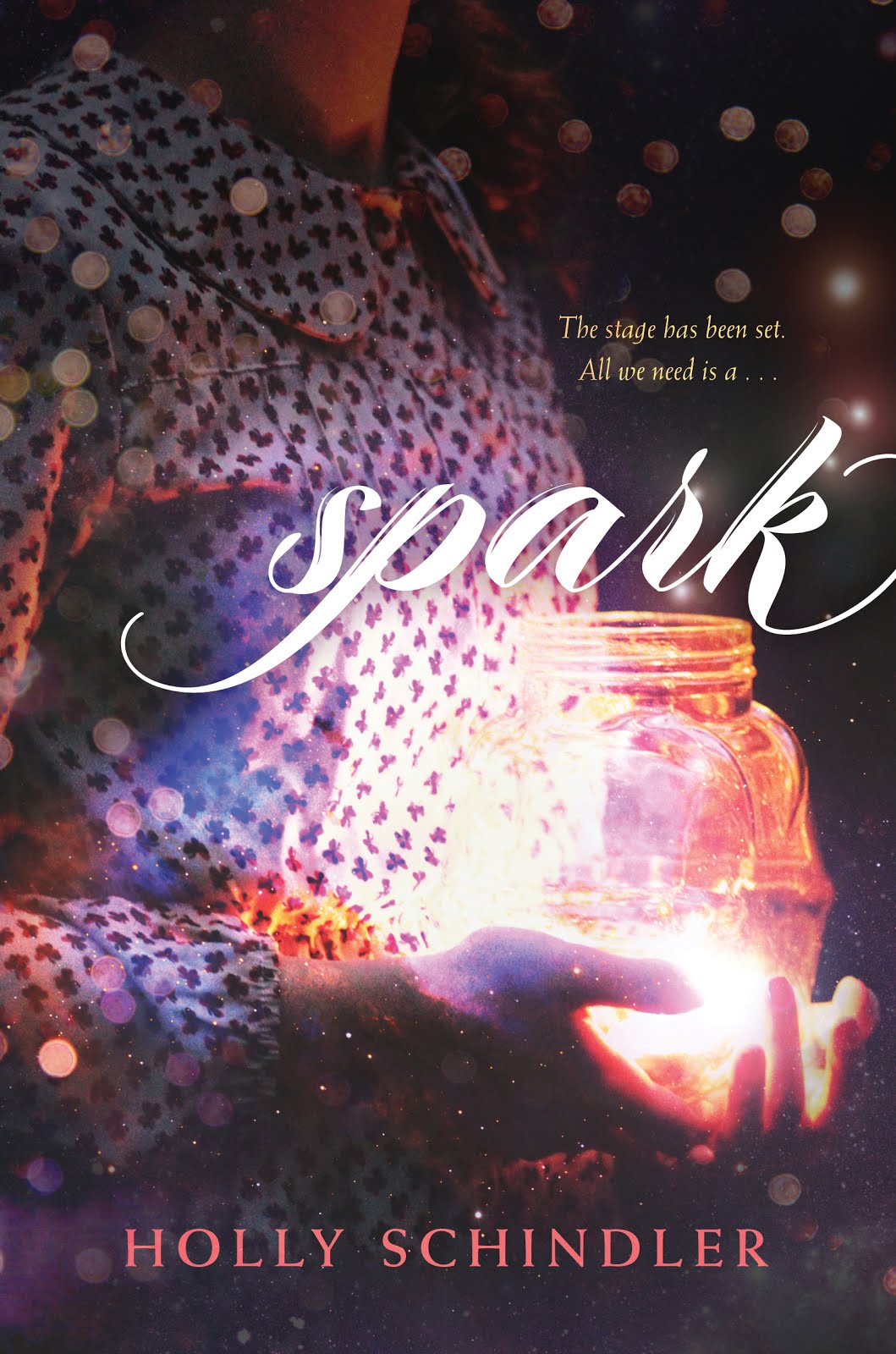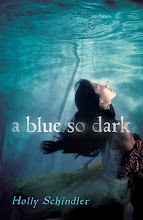I'm such a fan of this particular strategy, I've often suggested it to writing friends who find themselves stuck. (Admittedly, it works better if you're a good typist; I'm pretty fast, so it suits me.) The great thing about retyping (either problematic chapters or sections or the whole manuscript) is that you have to think about every single word you put in. Even if you're fast, you don't want to type something you don't have to...and even if you're fast, you move through the manuscript at a much slower pace. You find yourself rewording passages as you go, rethinking what you're doing in a way you never would simply rereading passages. I know it sounds like a massive undertaking, but it works. Seriously. If you just plain don't know where to take a WIP, I highly recommend printing your manuscript, opening a new file, and retyping the whole shebang. I'd bet just a few chapters in, you'll have an "Ah-ha!" moment.
I'm intrigued by non-linear writing; I've never tried it during the first-draft process, but as I've never been a fan of the first draft, I'm interested to find out if this helps to make that first run-through less of a struggle. For revisions, this process works great if you've gotten detailed feedback--either from an agent or an editor. I recently used this method to revise an MG; I read through the notes I received, and I attacked the scenes that interested me the most, regardless of where they appeared in the story. Then I read through the manuscript in full, smoothing out the smaller wrinkles as I went.
This is a natural fit for the book I'm working on now, which is divided into four large "parts." But it also works if you can (just for the purpose of revising) divide your book into at least three or four big chunks (think: setup, rising action, then climax and resolution). What I'm doing is rearranging the events, developing characters, etc. in one section, finishing it up completely before even thinking about the next chunk. It's far less stressful (and feels more manageable) to think about a single smaller portion of the story than it is to try to juggle all the pieces of an entire book all at once.
...I'm off to get back to that WIP. But while I'm working, what are your own favorite revision strategies?


































No comments:
Post a Comment